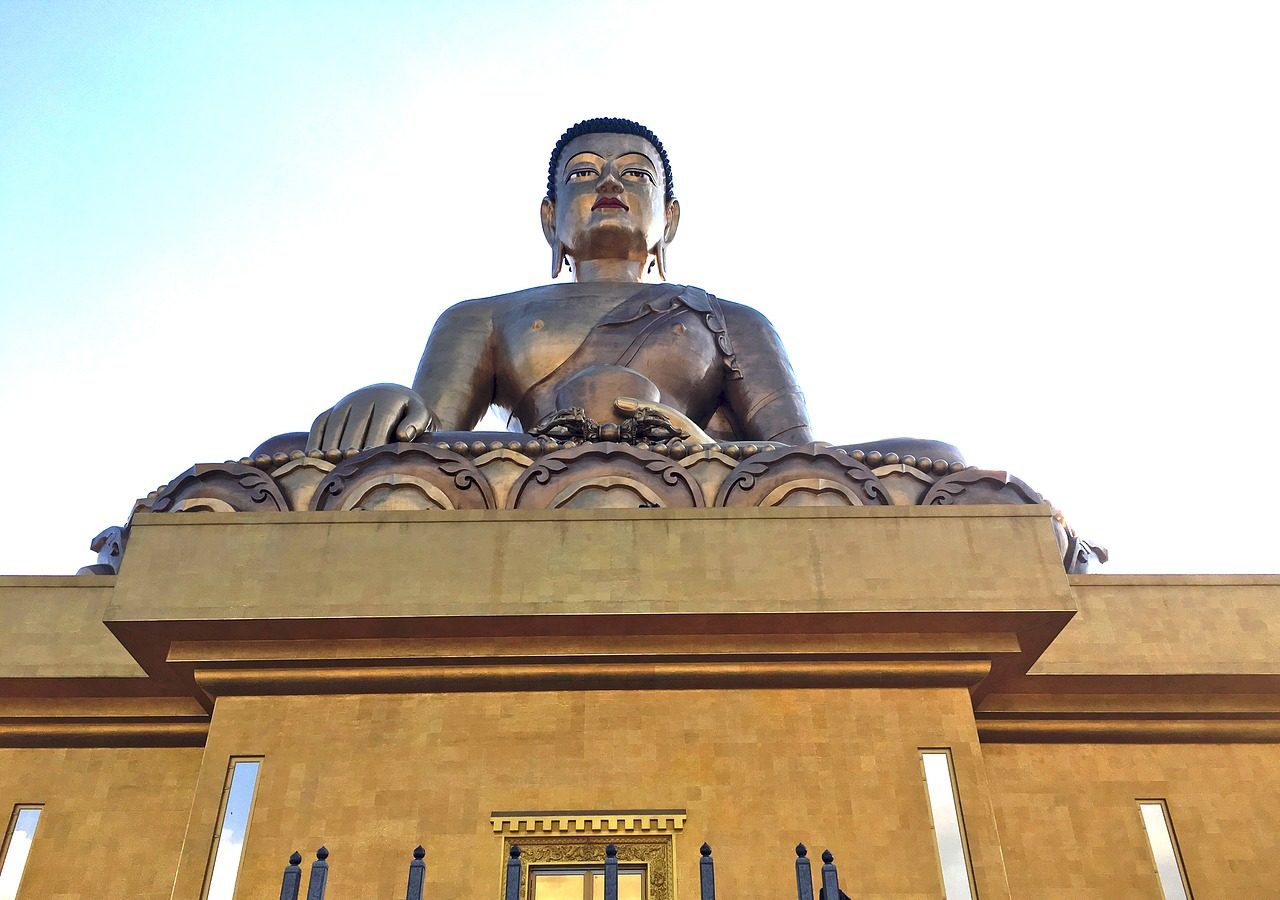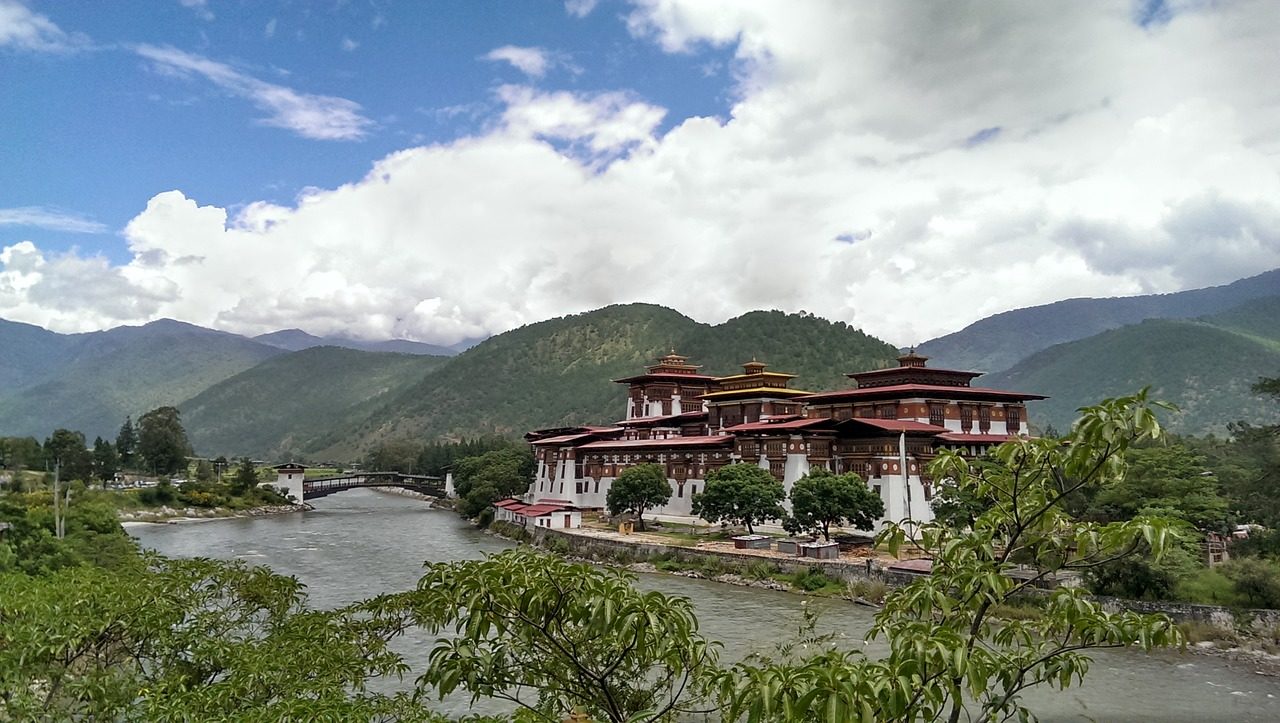08D PHUENTSHOLING-THIMPU-PUNAKHA-PARO
 07 NIGHTS/ 08 DAYS
07 NIGHTS/ 08 DAYS
TYPOLOGIES
Hill Stations
DIFFICULTY
not set
MIN. AGE
not set
Helpful tips:
- Check out the PARO WEATHER during your expected period of travel.
- Bhutan's unit of currency is called Ngultrum (BTN). A Ngultrum has the same value as the Indian rupee, which is also legal in Bhutan. ... INR 100 & 50 Rupee denomination may be used in Bhutan, but Ngultrum cannot be used in India. Indian Rupee denomination note of INR 500 and INR 2000 are not accepted in Bhutan.
- Don't forget to pack your bags. Check out our comprehensive packing checklist.
- The time in Bhutan is GMT +6 hrs, which means time in Bhutan is 30 mins ahead of the time in India (IST).
Inclusions
3 star
Transfer
Breakfast
Sightseeing
Stay Plan
08D PHUENTSHOLING-THIMPU-PUNAKHA-PARO
01 Night in Phuentsholing
02 Nights in Thimpu
01 Night in Punakha
02 Nights in Paro
01 Night in Phuentsholing
PACKAGE DETAILS
08D PHUENTSHOLING-THIMPU-PUNAKHA-PARO
- Daily Breakfast.
- Return airport and round trip transfers along with all sightseeing tours
- Permit for travel to Punakha.
- All Monument & Museum Entrances Fees as mentioned in the itinerary.
- All tours and transfers either on a private basis or seat-in-coach basis.
KNOW MORE
.
BEST TIME TO VISIT PARO:
The Paro Valley has a mild climate, with warm summers (Jun–Aug) and dry, cool winters (Nov–Feb). Popular times to visit are Apr-Jun, late summer (Aug) and mid-fall (Oct). Elaborate dances mark the Paro Tshechu religious festival (spring, dates vary), which also features a huge Buddhist painting presented by monks. Monsoon season runs Jun-Sep.
.
BEST TIME TO VISIT THIMPU:
Many travellers choose Apr-Jun and Oct to visit when daytime temperatures are mild and the weather is mostly dry. Jul–Aug is the peak of the wet season. Nov–Mar is dry and cool with cold nights. A key event in the capital's calendar is Thimphu Tshechu (Sep/Oct), a colourful Buddhist festival of masked dance and prayer.
Punakha is a town in the Himalayas of Bhutan. It's known for the Punakha Dzong, a 17th-century fortress at the juncture of the Pho and Mo Chhu rivers. The fortress hosts the Punakha Tshechu, a religious festival featuring masked dances and music. In the surrounding Punakha Valley, temples include the fertility-focused Chimi Lhakhang and the hilltop Khamsum Yulley Namgyal Chorten, which has river and mountain views.
.
BEST TIME TO VISIT PUNAKHA:
The Punakha Valley is a year-round destination with a temperate climate. Summers (Jun–Aug) is warm and rainy. Winters (Dec–Feb) is dry and cool. Music and masked dances mark the multi-day Punakha Tshechu religious festival (dates vary). Monsoon season runs Jun-Sep.
08D PHUENTSHOLING-THIMPU-PUNAKHA-PARO
Day 01: Arrival at Bagdogra / Siliguri, transfer to Phuentsholing
On arrival at Bagdogra Airport / Siliguri, get transferred to Phuentsholing. Overnight at Phuentsholing.
Day 02: Phuentsholing to Thimphu
After breakfast, begin your journey by road to Thimphu. Here, explore the magnificent National Memorial Chorten, built in honour of Jigme Dorji Wangchuck, the third emperor of the kingdom. This three-storey stupa has numerous shrines, housing colourful statues of Buddhist deities and photographs of the monarch. Overnight at Thimpu.
Day 03: Sightseeing in Thimphu
After breakfast visit Motithang Takin Preserve, home to Bhutan’s national animal, the Takin. The protected territory has pine forests that create the perfect environment for these animals. Also, during the day, travel to Tashichho Dzong, a huge dzong-style building, from where the king rules. You could walk in its landscaped lawns or see rich Buddhist artwork on its exterior walls. The Folk Heritage Museum, exhibits the daily life of villagers, objects in use, typical village houses, livestock and stables, a rural kitchen and traditional open hot stone bathhouse. Be awed at the sight of the around 52-metre high Buddha Dordenma statue. The idol has smaller statues of Bodhisattvas, Arhats, and mandalas. Visit the National Handicrafts Museum, where you may buy Bhutanese clothes, handmade paintings, and jewellery. Stunning views of the landscape awaits you from the top of the BBS Tower, which is a high watchtower. Overnight at Thimpu.
Day 04: Thimphu to Punakha via Dochula Pass.
After breakfast, take a road trip through the mountains to Punakha. The former capital of Bhutan, Punakha is also where most of the important religious and political functions take place. En route, stop at Dochula at an elevation of about 10100 feet. Wherever you look from up here, you will see snow-covered mountains. The pass is home to a temple, dedicated to the fourth Bhutanese king, as well as 108 stupas. Continue to Punakha, where you explore the gigantic Punakha Dzong. Apart from defensive watchtowers and several halls, it also contains a temple, where the body of Shabdrung Ngawang Namgyal, who unified the warring kingdoms of Bhutan, is kept. Also, pay a visit to Chimi Lhakhang, dedicated to a monk, known for his unconventional ways of preaching. You can see various cloth paintings, known as thangkas, and ceremonial drums at the shrine. Overnight at Punakha.
Day 05: Punakha-Paro & Sightseeing in Paro
After breakfast, proceed to Paro. With around 155 monasteries, temples and stupas, Paro is called the religious heart of Bhutan. Though the city buzzes with tourists, the liveliness takes nothing away from its natural beauty. Here, visit Kyichu Lhakhang, where numerous treasures are believed to have been hidden by Padmasambhava. The wooden roof and white brick structure of the temple are embellished with colourful paintings. See the mighty fortress, Drukgyel Dzong, as part of this excursion. Though mostly in ruins, its strong masonry walls and cylindrical towers have withstood the toll of time. The National Museum of Bhutan, housed inside Ta Dzong, includes farm tools, ritual objects, jewellery, coins, traditional attire, religious items, paintings, and weapons including decorative guns. Overnight at Paro.
Day 06: Excursion to Chele La
After breakfast, travel to Chele La mountain pass. The journey has exceptional sights of valleys, rivers, and dense forests of pine and fir, Buddhist prayer flags, fluttering in the wind. Flowers like pink rhododendrons, yellow and purple primulas, deep purple irises and wild roses cover the pass. Overnight at Paro.
Day 07: Paro to Phuentsholing
After breakfast, depart for Phuentsholing. Overnight at Phuentsholing.
Day 08: Phuentsholing to Bagdogra & Departure from Bagdogra/ Siliguri
After breakfast, depart for Bagdogra airport, to board the return flight.









